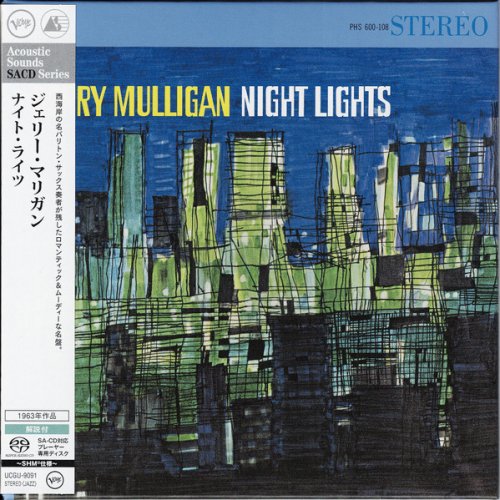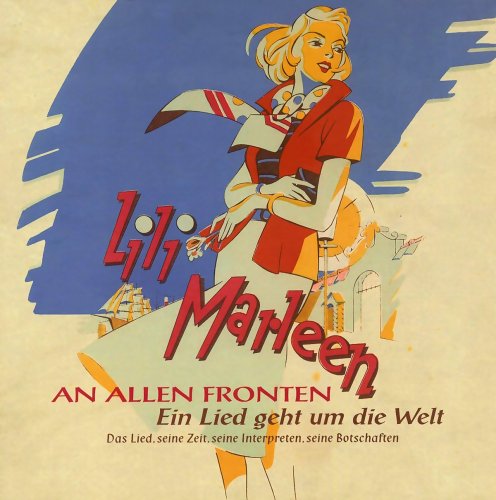Jacek Kaspszyk & Warsaw Philharmonic - Polish Music: Emil Mlynarski, Mieczyslaw Weinberg, Krzysztof Penderecki (2018)

Artist: Jacek Kaspszyk, Warsaw Philharmonic
Title: Polish Music: Emil Mlynarski, Mieczyslaw Weinberg, Krzysztof Penderecki
Year Of Release: 2018
Label: WM Poland / WMI
Genre: Classical
Quality: flac lossless
Total Time: 01:02:19
Total Size: 281 mb
WebSite: Album Preview
TracklistTitle: Polish Music: Emil Mlynarski, Mieczyslaw Weinberg, Krzysztof Penderecki
Year Of Release: 2018
Label: WM Poland / WMI
Genre: Classical
Quality: flac lossless
Total Time: 01:02:19
Total Size: 281 mb
WebSite: Album Preview
---------
01. Polonaise
02. Polish Melodies Op. 47 No. 2: I. Adagio
03. Polish Melodies Op. 47 No. 2: II. Andantino
04. Polish Melodies Op. 47 No. 2: III. Allegro
05. Polish Melodies Op. 47 No. 2: IV. Allegro moderato
06. Symphony in F Major, Polonia Op. 14: I. Andante. Allegro
07. Symphony in F Major, Polonia Op. 14: II. Adagio
08. Symphony in F Major, Polonia Op. 14: III. Presto
09. Symphony in F Major, Polonia Op. 14: IV. Moderato
Composers
Mlynarski, Emil Szymon (1870-1935)
Penderecki, Krzysztof (b.1933)
Weinberg, Mieczyslaw (Moisei) Samuilovich (1919-96)
When conceiving his Polonaise for orchestra, Penderecki used the fantasia form, not unfamiliar to Chopin, which is based on a primary theme, which, as the piece progresses, is being developed, transformed and subjected to several different variations. Richly orchestrated, it allows performers to create colours that overlap each other while influencing the overall musical expression. Spatiality is a very important aspect of this work as during its world premiere the wind instruments were placed on the balcony of the Warsaw Philharmonic's Concert Hall. The composition could be called "the apotheosis of a polonaise" or, as the composer prefers, "a small symphonic poem on the theme of a polonaise".
Mieczysław Wajnberg's Polish Melodies for orchestra (Op. 47, No. 2) were written in 1950, during the biggest persecution of undesirable people in the Soviet Union. Four pieces, based on Polish dances, express the composer's longing for his Warsaw period, as though a memory of a joyful youth.
Emil Młynarski's Symphony in F major is the second piece in the history of Polish music, alongside Ignacy Feliks Dobrzyński's Characteristic Symphony in C minor, to feature the popular melody of Abośmy to jacy tacy. Artfully built, the symphony it boasts rich orchestration and impressive use of color. It proves that Młynarski's understanding of the technical and expressive possibilities of an orchestra was impeccable."








